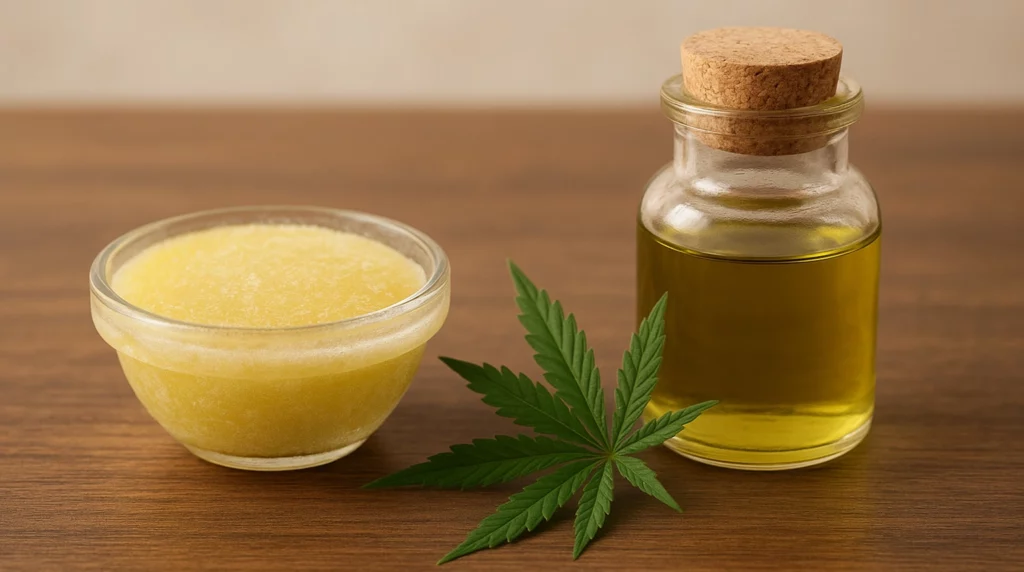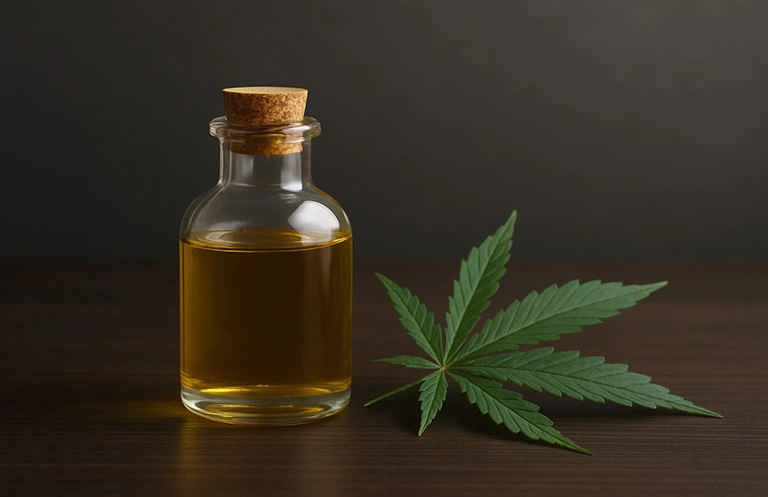You don’t have to light up to feel cannabis.
In fact, some of the most powerful — and long-lasting — effects happen when you don’t smoke it.
Whether you’re sipping a THC tea, taking a gummy, or using a tincture, here’s how cannabis interacts with your body — from digestion to bloodstream to brain.
Your Endocannabinoid System – The Hidden Circuit
Cannabis doesn’t force effects into your body.
It works with a system that’s already there: your endocannabinoid system (ECS).
The ECS is made up of:
Cannabinoids like THC and CBD interact with this system — either binding to receptors, or subtly influencing how they work.
How It Works Without Smoking
When you don’t smoke, cannabis follows a different path into your system.
Edibles & Capsules
This is why edibles can feel deeper and more full-body than smoking — and why the effects sneak up slowly.
Tinctures (Swallowed or Sublingual)
Topicals (Creams, Balms, Bath Soaks)
The Effects You Might Feel
Not everyone experiences cannabis the same way. But here’s what you might notice — especially with edibles or tinctures:
With CBD-only products, you may feel calmer, looser, or simply… less reactive.
Why People Choose Not to Smoke
Everyone has their reasons — and they’re valid:
Cannabis today isn’t just a joint. It’s a toolkit.
Final Thought
Cannabis doesn’t need to be smoked to work.
It can move through your body in quiet, steady ways — through food, oil, skin, and breath.
Understanding how it interacts with you means you can choose your method with intention, and shape your experience around your needs.
Smoke or no smoke — the plant still speaks.
You just have to listen to how your body answers back.










